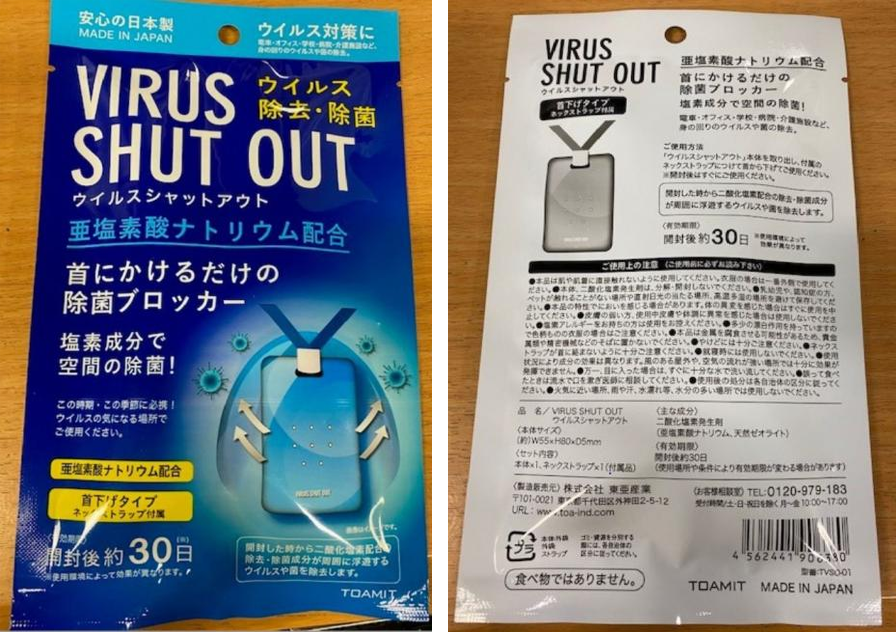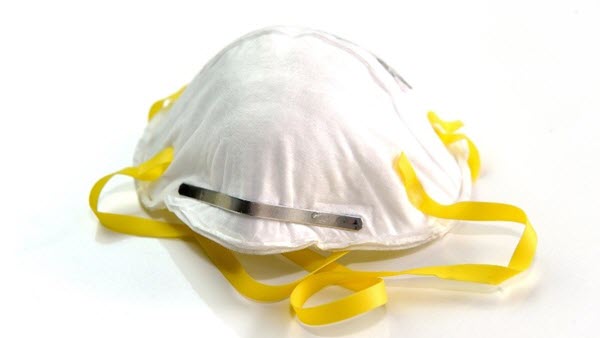The California Air Resources Board warned automakers today that it will not tolerate any more emission control bypass shenanigans similar to what Volkswagen, Audi, Porsche, and most recently, Mercedes Benz-Daimler have done.
As you may recall, CARB and the USEPA issued fines and other penalties in the billions of dollars after discovering that many vehicles were purposely designed to bypass state and federally required emission controls unless an emissions compliance test was being performed.
Photo Credit: Ruben de Rijcke / CC BY-SA (https://creativecommons.org/licenses/by-sa/3.0)
In September of 2015, CARB sent a letter to all automakers asking them to voluntarily disclose any such systems they may not yet have reported. Apparently not satisfied with the response, CARB issued another warning today threatening severe repercussions if it or EPA, utilizing new laboratories and testing equipment, discover violations that have not been reported.
Here is an excerpt from today's letter, in which CARB expressed its dissatisfaction with the small response:
"On September 25, 2015, the California Air Resources Board (CARB) wrote light-, medium-, and heavy-duty vehicle and engine manufacturers to remind them to properly disclose all auxiliary emission control devices (AECDs) at the time of certification. That letter also informed manufacturers of CARB’s intent to begin using then newly-developed screening tests in CARB’s In-Use Compliance Program, in addition to standard certification emission test cycles, to identify unapproved AECDs and defeat devices, the discovery of which would subject the manufacturer to penalties and remedial measures. The goal of that letter was clear: for manufacturers to proactively inform CARB of undisclosed software devices and reintroduce a level of trust and forthrightness into the certification process."
"While a handful of manufacturers stepped forward over the last five years, the vast majority did not. As promised in 2015, CARB moved forward with expanded testing programs and a suite of newly developed techniques to detect unauthorized AECDs and defeat devices in diesel engines."
"This situation will not continue--It is a clear violation of public health to pollute the air with illegal devices, and it undermines the essential trust that has supported the certification program for decades. CARB is therefore now writing to you again to encourage voluntary disclosure of any potential violations with respect to these and other applicable regulatory requirements. Voluntary disclosure will trigger a reduction in penalties; failure to do so may affect the result of future enforcement actions involving your company when CARB’s new techniques – and its new state-of-the-art testing laboratory opening in 2021 – inevitably detect any violations you may have. "










